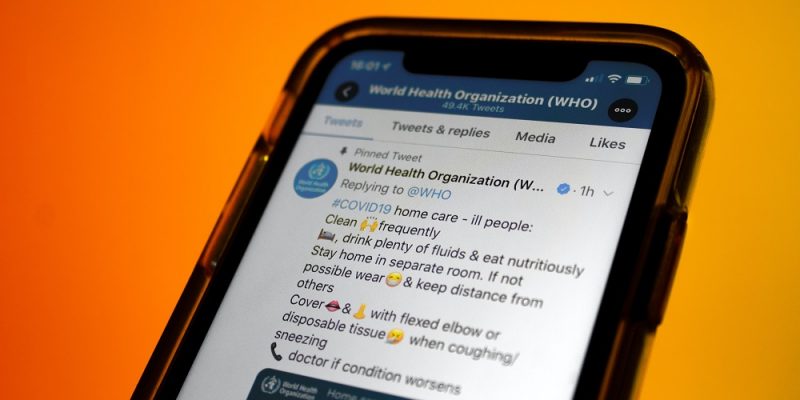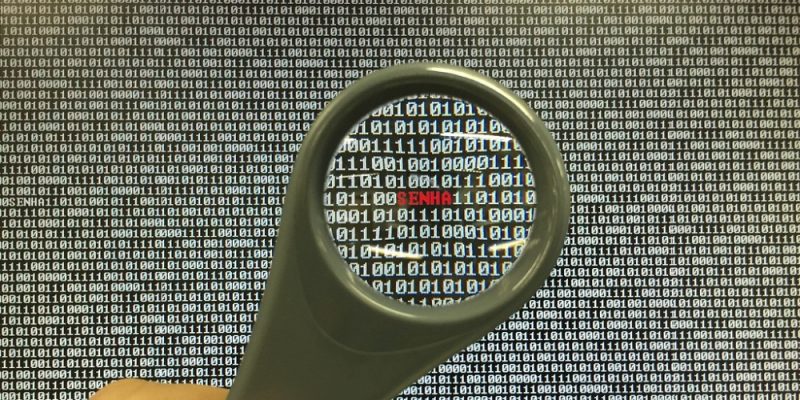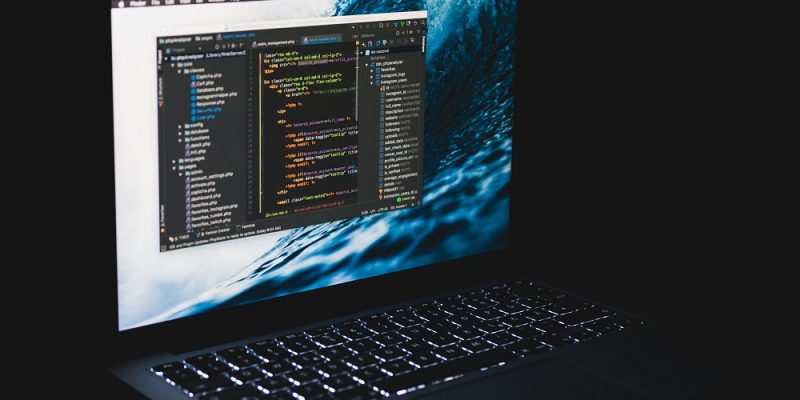 DoD, DHS Warn of Attacks Involving SLOTHFULMEDIA Malware
DoD, DHS Warn of Attacks Involving SLOTHFULMEDIA Malware
SLOTHFULMEDIA is described as a dropper that deploys two files when executed, including a RAT designed to allow hackers to control compromised devices, and a component that removes the dropper once the RAT achieves persistence on the targeted computer. The RAT is capable of running arbitrary commands, terminating processes, taking screenshots, modifying the registry, and…







